
Kamini Plant in 10 inch Grow Bag
(MRP Inclusive of all taxes)
- Shipping ₹79 for entire order
- Dispatch in 7 days
- Country of origin: India

(MRP Inclusive of all taxes)
 Save 29%
Save 29%
Air Purifier Money Plant with Pot The Air Purifier Money Plant, also known as Pothos or Epipremnum aureum, is a stunning indoor plant that...
View full details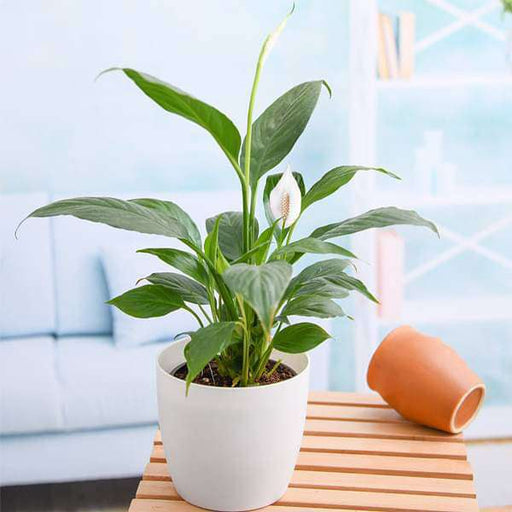
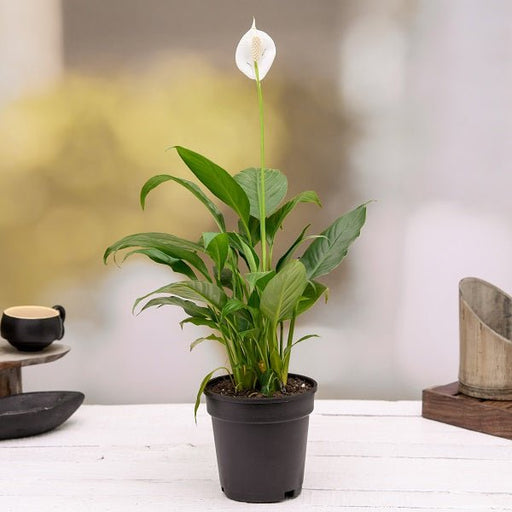 Save up to 15%
Save up to 15%
Peace Lily, Spathiphyllum - Plant The Peace Lily, scientifically known as Spathiphyllum, is a stunning houseplant celebrated for its elegant white...
View full details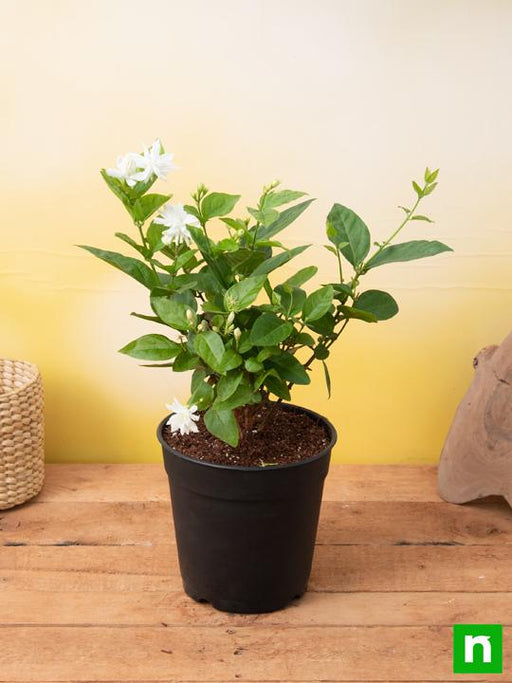
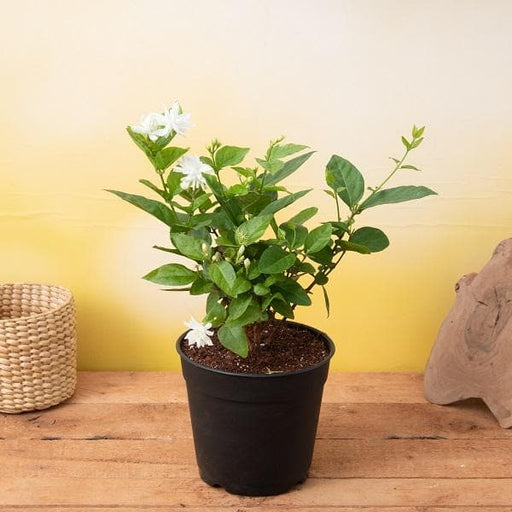 Save 25%
Save 25%
Jasminum sambac, Mogra, Arabian Jasmine - Plant Jasminum sambac, commonly known as Mogra or Arabian Jasmine, is a fragrant flowering plant...
View full details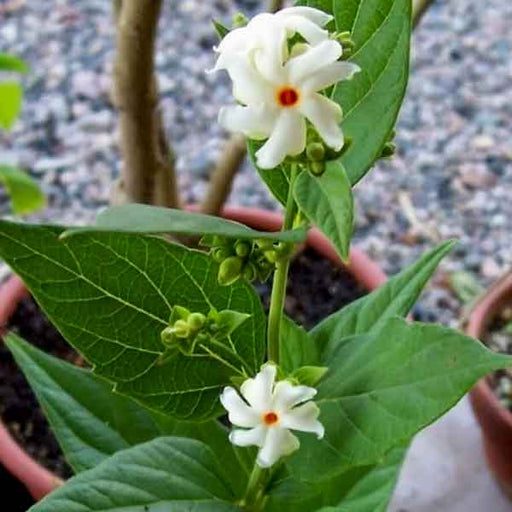
 Save 18%
Save 18%
Combo Constituents Includes the Parijat Tree (Night-Flowering Jasmine), a culturally significant plant with fragrant flowers. Description The Pari...
View full details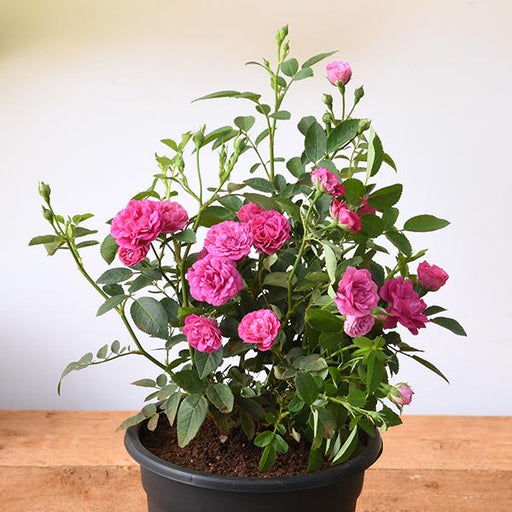
 Save 25%
Save 25%
Miniature Rose, Button Rose (Any Color) - Plant The Miniature Rose, also known as the Button Rose, is a charming and compact flowering plant that ...
View full details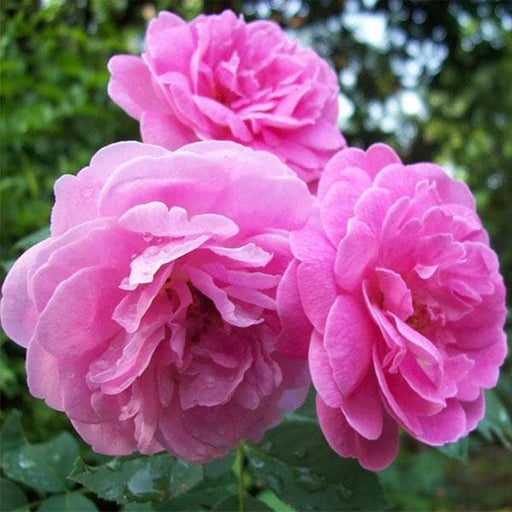 Save 25%
Save 25%
Damascus Rose, Scented Rose (Any Color) - Plant The Damascus Rose, also known as Rosa damascena, is a timeless symbol of beauty and romanc...
View full details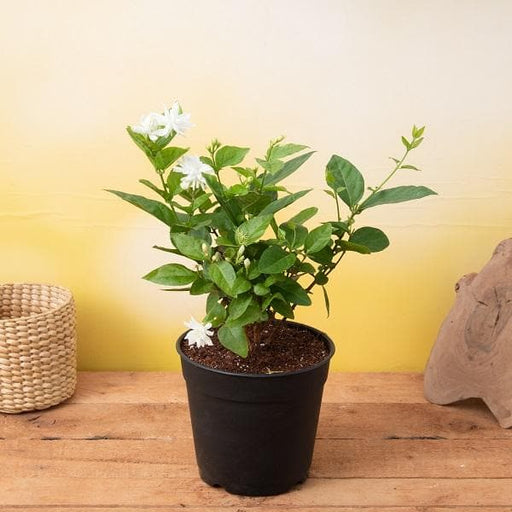
 Save 17%
Save 17%
Beautiful Fragrant Mogra, Arabian Jasmine Plant with Pot The Beautiful Fragrant Mogra, also known as Arabian Jasmine (Jasminum sambac), is...
View full details Save 15%
Save 15%
Pack of Vermicompost and Neem Cake for House Plants Transform your indoor garden with our premium Pack of Vermicompost and Neem Cake, spec...
View full details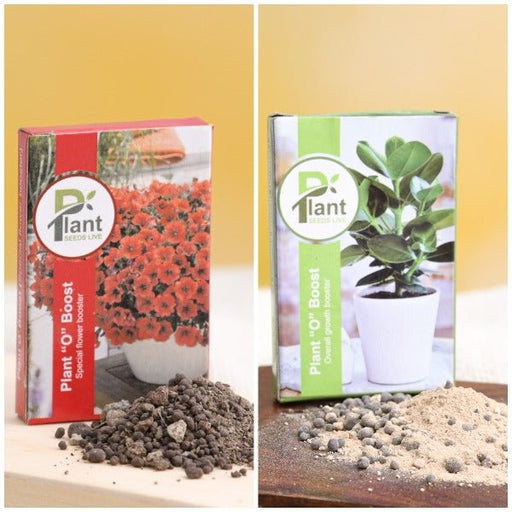
Pack of Plant Growth and Flower Boosters Unlock the full potential of your garden with our Pack of Plant Growth and Flower Boosters! This ...
View full details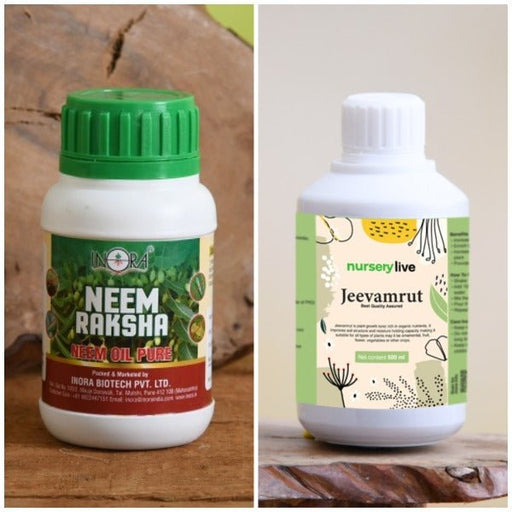 Save 38%
Save 38%
Combo of Jeevamrut and Neem Raksha for Easy Growth and Protection of Houseplants Transform your indoor garden with our exclusive combo of ...
View full details Save 22%
Save 22%
Plant Nutrients Kit (Pack of 16) for a Healthy Garden Transform your garden into a lush paradise with our Plant Nutrients Kit, featuring 1...
View full details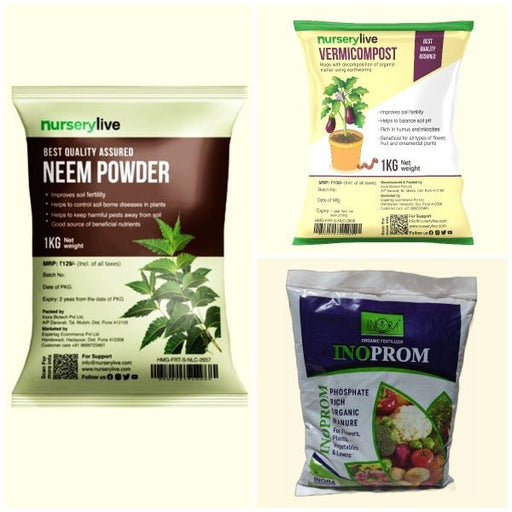 Save 16%
Save 16%
Combo of Top Plant Fertilizers Elevate your gardening game with our exclusive Combo of Top Plant Fertilizers, featuring two bags of premiu...
View full details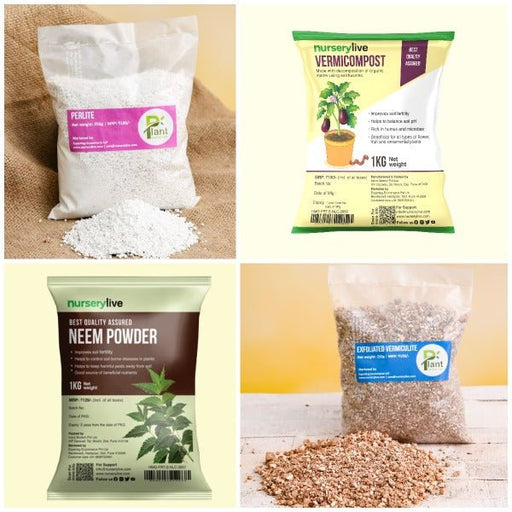 Save 24%
Save 24%
Pack of 4 Additives to Make Soil Healthy and Nutrient Rich Transform your garden into a thriving ecosystem with our Pack of 4 Additives de...
View full details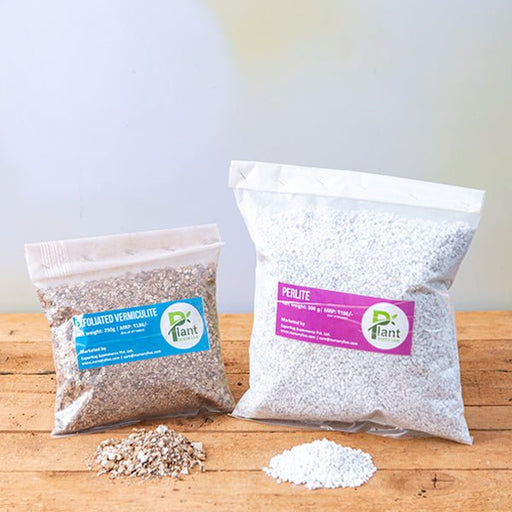 Save 30%
Save 30%
Transform your gardening experience with our premium Combo of Perlite and Vermiculite. This unique blend is designed to enhance soil aeration and ...
View full details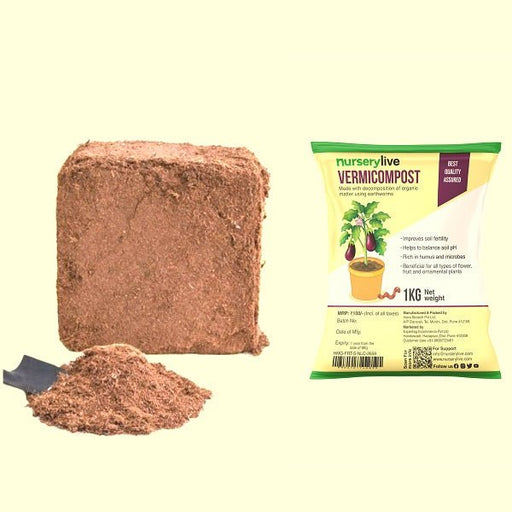 Save 27%
Save 27%
Combo of 2 Vermicompost and Cocopeat - Enrich Your Soil Naturally! Transform your garden into a thriving ecosystem with our Combo of 2 Ver...
View full details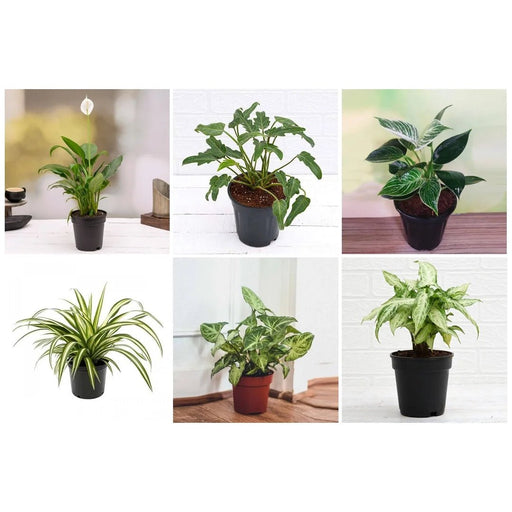
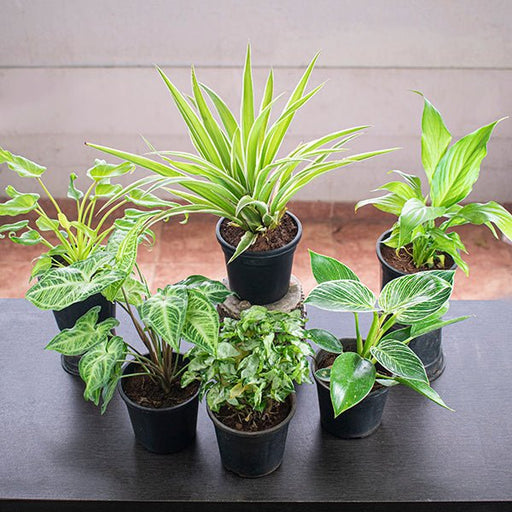 Save 35%
Save 35%
Best 6 Plants for Perfect Indoor Garden Transform your living space into a lush oasis with our curated collection of the Best 6 Plants for a...
View full details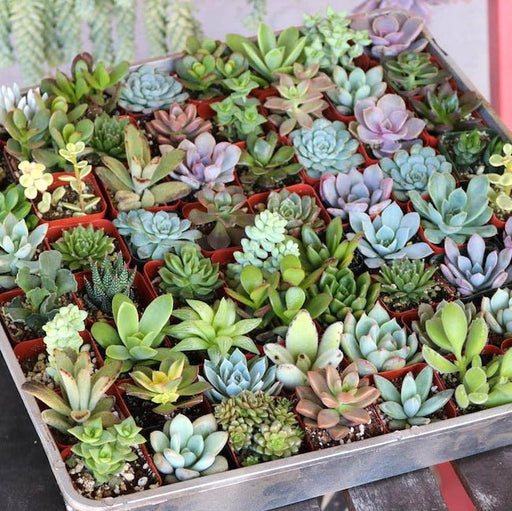
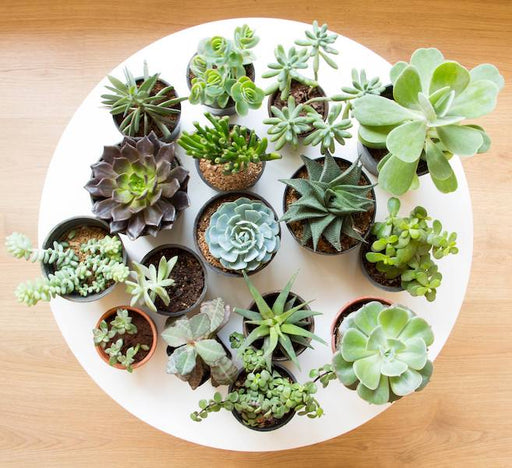 Save up to 50%
Save up to 50%
Mini Succulent Garden Pack Transform your space with our Mini Succulent Garden Pack, featuring a delightful collection of 4 any variety beautiful s...
View full details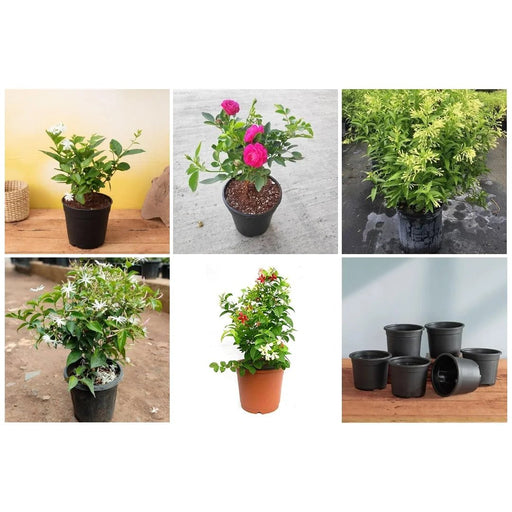
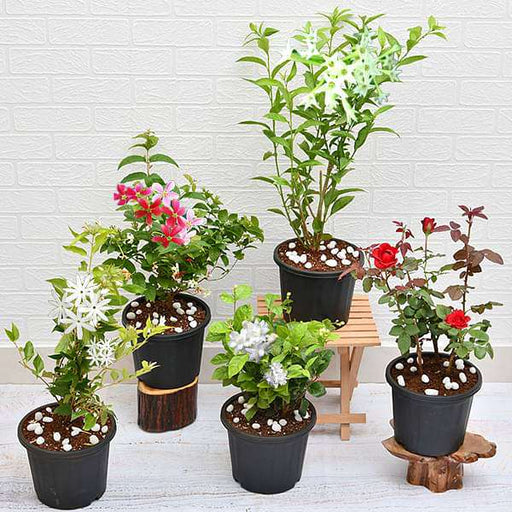 Save 30%
Save 30%
5 Best Fragrant Plants Transform your garden or indoor space into a fragrant paradise with our curated selection of the 5 Best Fragrant Plants. Th...
View full details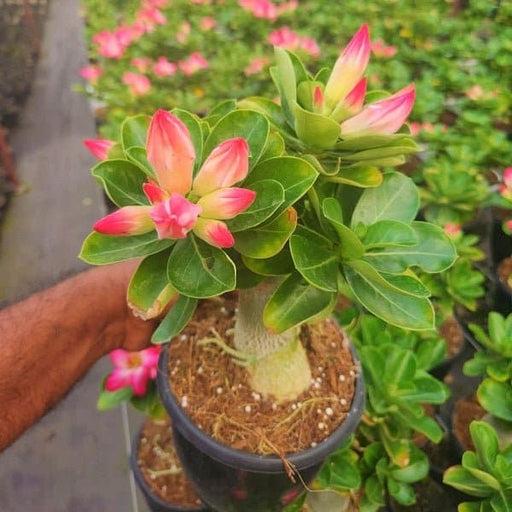
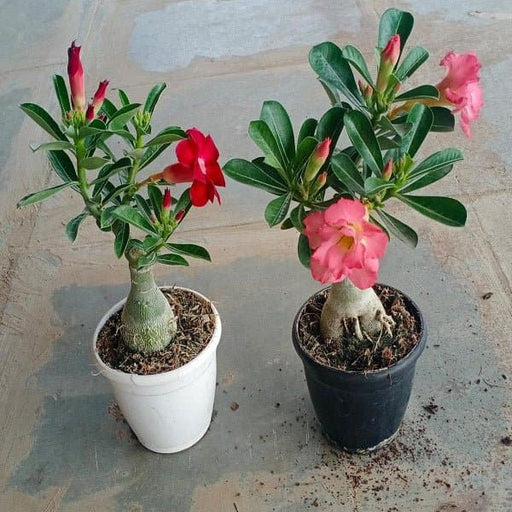 Save 24%
Save 24%
Set of 2 Bonsai Looking Grafted Adeniums Transform your indoor or outdoor space with our exquisite Set of 2 Bonsai Looking Grafted Adenium...
View full details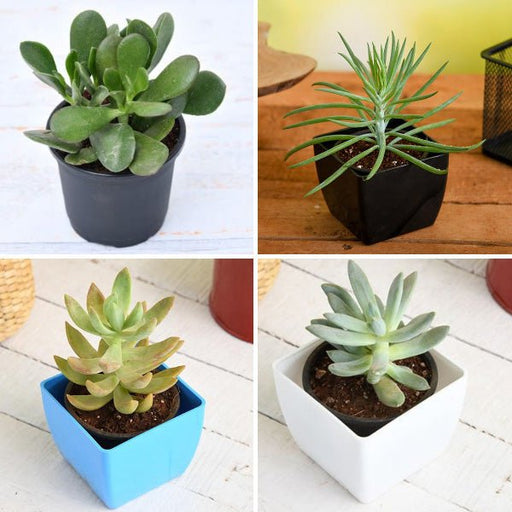 Save 45%
Save 45%
Top 4 Die Hard Succulents Pack Transform your indoor or outdoor space with our Top 4 Die Hard Succulents Pack, featuring a curated selecti...
View full details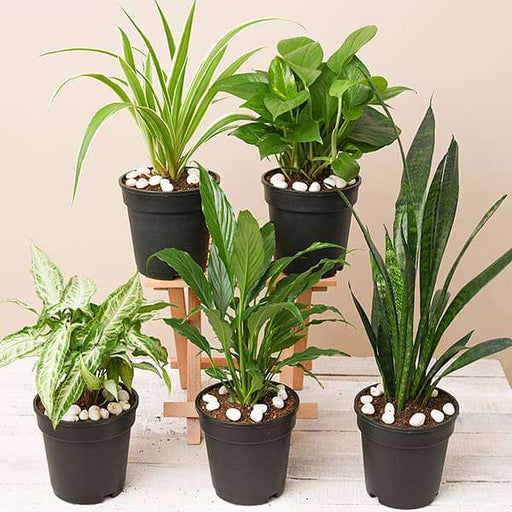
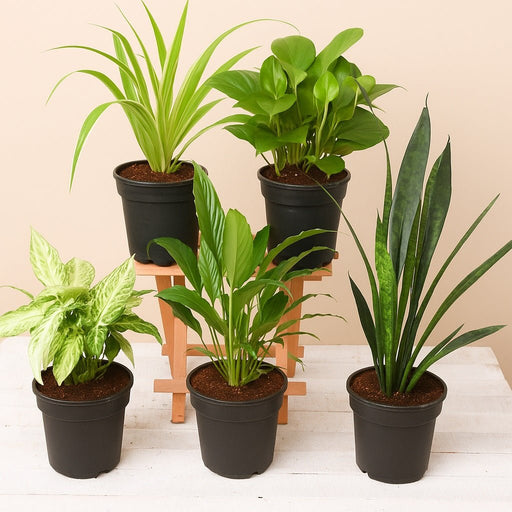 Save 30%
Save 30%
5 Best Indoor Plants Pack Transform your living space into a lush oasis with our '5 Best Indoor Plants Pack.' This carefully curated collection fe...
View full details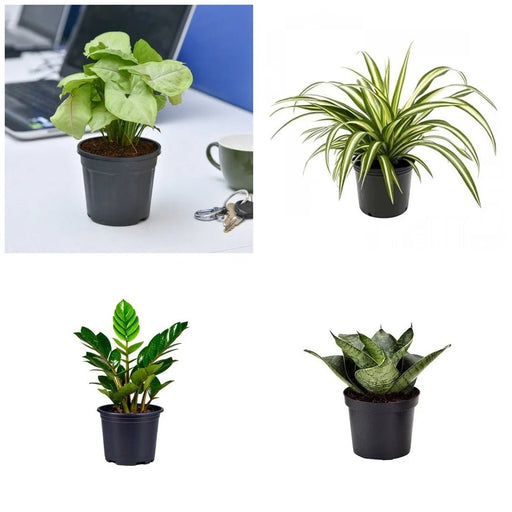
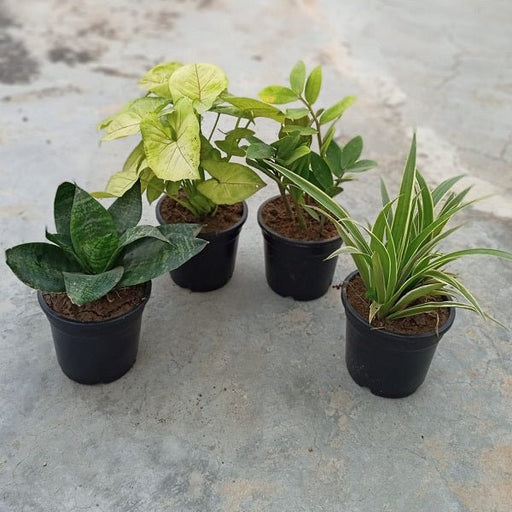 Save 25%
Save 25%
Set of 4 Evergreen Air Purifier Plant Pack Transform your indoor space into a lush, green oasis with our Set of 4 Evergreen Air Purifier Pla...
View full details| SrNo | Item Name |
|---|---|
| 1 | Kamini Plant |
The Kamini Plant, scientifically known as Murraya paniculata, is a tropical evergreen shrub renowned for its fragrant white flowers and lush green foliage. Native to Southeast Asia, this versatile plant is often used in gardens and landscapes for its ornamental beauty and aromatic qualities. Its ability to thrive in various conditions makes it a favorite among gardeners and plant enthusiasts alike.
What sets the Kamini Plant apart is its enchanting fragrance, which attracts pollinators like bees and butterflies. Additionally, it has a rich history in traditional medicine, where its leaves and flowers are used for various health benefits. The plant's resilience and adaptability to different soil types make it an excellent choice for both indoor and outdoor settings.
Special features of the Kamini Plant include its ability to purify the air and its low maintenance requirements. With proper care, it can bloom year-round, providing a continuous source of beauty and fragrance. Its dense foliage also serves as a natural privacy screen, making it a practical addition to any garden.
The Kamini plant, also known as Murraya paniculata, is not just a pretty face in the garden. This little green wonder is a powerhouse of benefits! From purifying the air to attracting butterflies, it’s like the social butterfly of the plant world. Plus, its fragrant flowers can make your backyard smell like a tropical paradise. Who needs a fancy air freshener when you have Kamini?
Caring for the Kamini plant is like nurturing a diva. It loves well-drained soil and a good dose of sunlight, but don’t overdo it! Too much water, and it’ll throw a tantrum. Pruning is essential to keep it looking fabulous, so grab those shears and channel your inner stylist.
The uses of the Kamini plant are as diverse as a buffet spread. From ornamental purposes to traditional medicine, this plant does it all. Its leaves are often used in herbal remedies, while its flowers can be a delightful addition to your floral arrangements.
If you’re looking for a fast-growing companion, the Kamini plant is your go-to. It’s like the overachiever of the plant kingdom, sprouting up to 3 feet a year under the right conditions. Just make sure it has enough space to spread its wings—or leaves, in this case.
Propagating the Kamini plant is easier than pie. You can do it through seeds or cuttings, and it’s almost like magic watching it grow. Just remember, patience is key; good things come to those who wait, even in the plant world.
Every plant has its enemies, and the Kamini is no exception. Aphids and spider mites might try to crash the party, but with a little vigilance and some organic pest control, you can keep your Kamini thriving.
The Kamini plant is a bit of a soil snob. It prefers well-draining, loamy soil that’s rich in organic matter. Think of it as the plant equivalent of a five-star hotel—only the best for our leafy friend!
When it comes to flowering, the Kamini plant knows how to make an entrance. It typically blooms in the warmer months, showering your garden with fragrant white flowers that are sure to turn heads.
Fear not, plant lovers! The Kamini plant is generally non-toxic to pets and humans. So, you can enjoy its beauty without worrying about any nasty surprises.
If you’re looking to jazz up your landscape, the Kamini plant is a fantastic choice. Its lush foliage and aromatic flowers can add a touch of elegance to any garden design.
The Kamini plant comes in several varieties, each with its own unique charm. From dwarf versions to those that can grow into small trees, there’s a Kamini for every garden personality.
In the world of Ayurveda, the Kamini plant is revered for its medicinal properties. It’s like the herbal superhero, known for its ability to support various health issues. Who knew a plant could be so multi-talented?
A Kamini Plant, also known as Murraya paniculata, is a tropical shrub that’s like the life of the garden party. With its glossy leaves and fragrant white flowers, it’s a favorite for landscaping and attracting butterflies. Plus, it’s low-maintenance, making it the perfect plant for those who prefer to relax rather than garden.
Caring for a Kamini Plant is as easy as pie! Just give it well-drained soil, moderate watering, and a sunny spot to bask in. Prune it occasionally to keep it looking sharp, and watch out for pests. With a little love, it’ll reward you with a fragrant display that’ll make your neighbors green with envy.
The Kamini Plant loves to strut its stuff in sunny spots, so plant it in a location that gets plenty of sunlight. It thrives in gardens, borders, or even pots on your patio. Just ensure it has enough space to spread its wings—err, leaves—because this beauty doesn’t like to be cramped!
Get ready for a floral fiesta! The Kamini Plant typically blooms in late spring to early summer, showering your garden with delightful white flowers that smell like heaven. If you’re lucky, you might even get a second round of blooms in the fall. It’s like having a garden party twice a year!
Absolutely! The Kamini Plant is like nature’s air freshener, releasing a sweet, citrusy fragrance that can make anyone swoon. Its flowers are not just pretty; they’re aromatic too! Plant it near your windows or outdoor seating areas, and let the enchanting scent work its magic on your senses.
Yes, you can! The Kamini Plant is a versatile little gem that can thrive indoors if given enough light. Just place it near a sunny window, keep the soil moist but not soggy, and watch it flourish. It’ll bring a touch of tropical charm to your living space, minus the beach!
The Kamini Plant is a speedy grower, often reaching heights of 3 to 10 feet in just a few years. With the right conditions, it can grow like it’s in a race! Just give it some love, and it’ll reward you with lush foliage and fragrant blooms faster than you can say “green thumb.”
Your pets can enjoy the garden without worry!
Watering a Kamini Plant is like giving it a refreshing drink—just don’t drown it! Water it when the top inch of soil feels dry, usually once a week. In hotter months, it might need a bit more love. Remember, it prefers to be slightly dry rather than soggy. Cheers to happy watering!
Yes, you can! Propagating a Kamini Plant is as easy as pie. Just take a cutting from a healthy plant, let it root in water or soil, and voilà! You’ll have a new plant to share or keep for yourself. It’s like cloning your favorite plant without the sci-fi drama!
The Kamini Plant can attract a few uninvited guests like aphids and spider mites. But don’t fret! A little neem oil or insecticidal soap can send them packing. Regularly checking your plant will help you catch any pests before they throw a wild party. Keep your Kamini happy and pest-free!